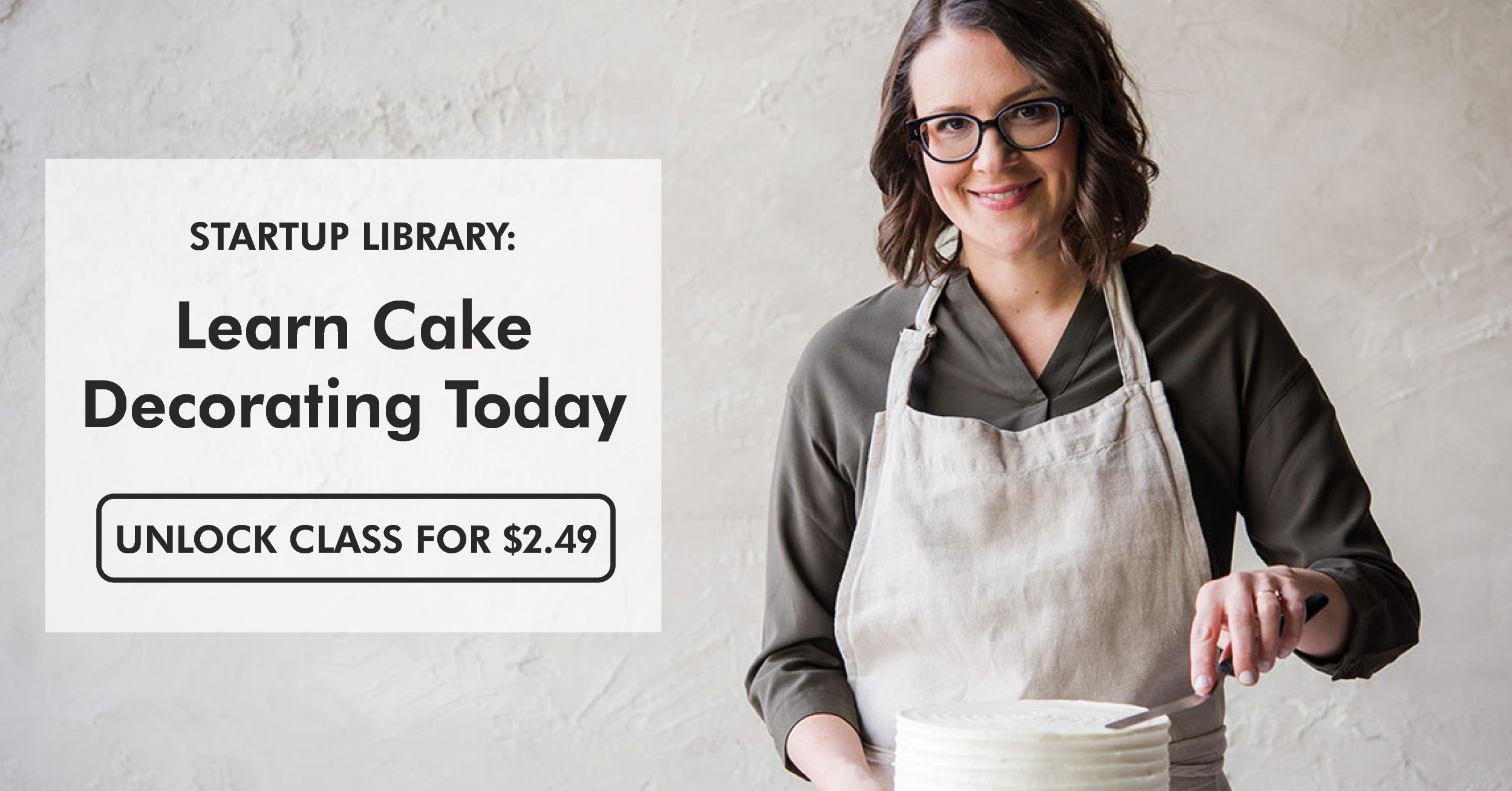
Getting your hands dirty — and fully coated in sugar and flour — is the best way to get better at cake decorating. But there are some lessons you really don’t need to learn the hard way. Professional decorators spilled the secrets they wish they’d known from the get-go — steal ’em and you’ll start making cakes like a total pro in no time.
1. Prep Your Pans
When you’re decorating, cakes act as your blank canvas. So there’s good reason to bake ’em right, and Kristin Ausk, owner of Meringue Bake Shop, says prepping your pans is key. Not only does doing so save time and money, but it also cuts down on having to trim and waste cake. Here’s how she does it:
2. Conquer Your Crumb Coat
If you don’t know how to build a sturdy cake, even your best decorating ideas can look sloppy. And decorator Anne Heap says making a crumb coat is what helps your cake hold up to the frosting or homemade fondant you’ll apply next. Plus, “applying fondant to a cold, firm cake is much easier than trying to cover a room temperature one,” she adds.
Pro Tip: Get more cake decorating techniques from Anne in our class, Cake Topper Techniques: Figure Modeling.
3. Clue In to Climate
When trying to make fondant frills in a humid, East-coast kitchen, cake decorator Maggie Austin couldn’t help but feel frustrated after watching them wilt. But after a trip to endlessly dry California, where her fondant decorations turned out perfect, she realized just how important climate — and in this case, humidity — plays in the success of cake decor.
So when something just won’t go right, check the weather and see how you can make adjustments. Fondant and gum paste absorb moisture like sponges, for example, and Austin’s experience highlights the importance of a dehumidifier. Heat can melt buttercream and make cakes droop, so it’s smart to work in a room with the A/C on full blast.
Good to Know: Learn Maggie’s signature technique for cake design in our class, Fondant Frills.
4. Get Rid of Guesswork
There’s no shame in the guessing game, but there are a few tools that can give you peace of mind — and a bit more consistency — than you get from always eyeballing your work. One of decorator Lindy Smith’s favorites: rolling pins with spacers. The little rings go on the end of your pin to keep the spacing even, meaning your fondant and gum paste is sure to maintain a beautifully uniform thickness.
5. Don’t Rush It
Most professional cakes take two or three days to complete, so if you want to get on that level, make sure you give yourself plenty of time to finish your project, says Wendy McGowan, the decorator behind Wendy Woo Cakes. One smart schedule: bake the cake and mix up your buttercream on one day, assemble the cake the following day, then spend your final day decorating.
Looking to learn cake decorating? Check out our Startup Library: Cake Decorating now!

Im a beginner